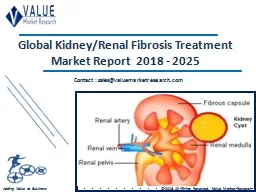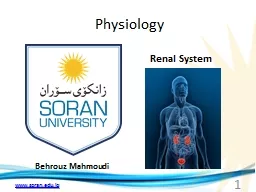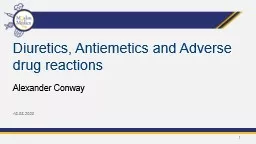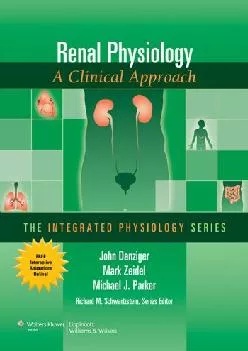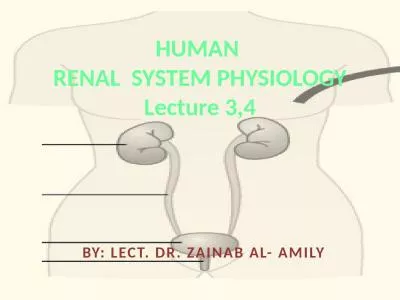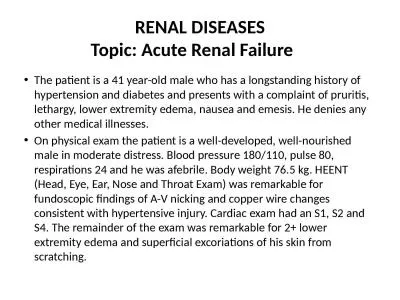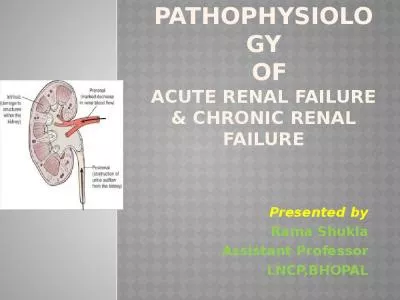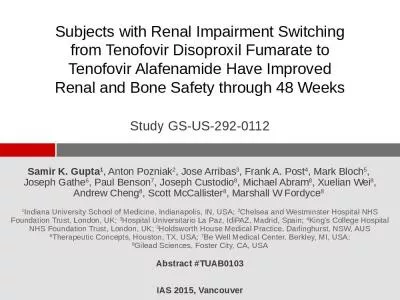PPT-Renal Physiology 1
Author : briana-ranney | Published Date : 2017-06-05
Dr Derek Scott dscottabdnacuk See also your renal lectures from BI25B2 These are still on the School of Medical Sciences Website Aims amp Content of this lecture
Presentation Embed Code
Download Presentation
Download Presentation The PPT/PDF document "Renal Physiology 1" is the property of its rightful owner. Permission is granted to download and print the materials on this website for personal, non-commercial use only, and to display it on your personal computer provided you do not modify the materials and that you retain all copyright notices contained in the materials. By downloading content from our website, you accept the terms of this agreement.
Renal Physiology 1: Transcript
Download Rules Of Document
"Renal Physiology 1"The content belongs to its owner. You may download and print it for personal use, without modification, and keep all copyright notices. By downloading, you agree to these terms.
Related Documents







